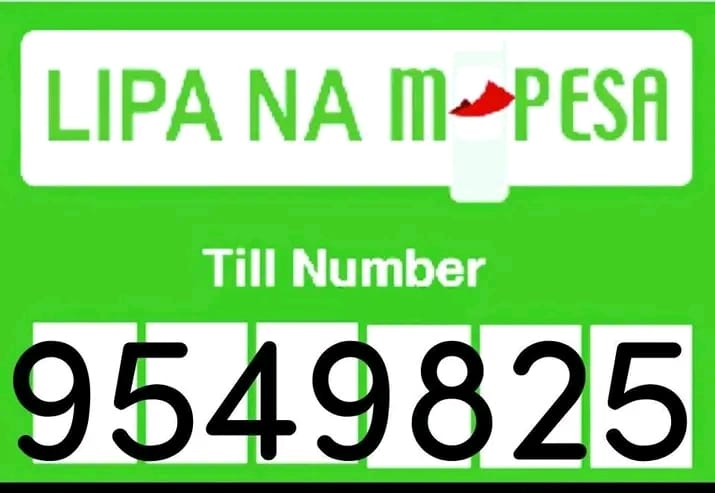
simply amazing, always for you.
A paragraph typically contains between 3 to 7 sentences, though this can vary depending on the context, purpose, and style of writing. In general, a paragraph should be long enough to develop a single idea or topic fully but not so long that it becomes overwhelming or hard to follow. For academic or professional writing, paragraphs often range from 100 to 200 words, but creative writing might have shorter or longer paragraphs depending on the tone and flow.

A paragraph, as a fundamental unit of writing, serves as a way to group related sentences together to express a single idea or topic. While the precise length of a paragraph can vary based on writing style, purpose, and audience, there are several general considerations that can guide the effective use of paragraphs in writing.
The Structure of a Paragraph
A well-constructed paragraph typically follows a simple structure that can be broken down into three main components:
- Topic Sentence: This is the first sentence in a paragraph, and it introduces the main idea or point that the paragraph will discuss. The topic sentence provides clarity and sets the tone for the rest of the paragraph.
- Supporting Sentences: These sentences follow the topic sentence and serve to elaborate, explain, or provide evidence for the claim made in the topic sentence. They provide the details, examples, or reasoning that help to substantiate the paragraph’s main point.
- Concluding Sentence: The final sentence of a paragraph often serves to wrap up the idea or transition smoothly to the next paragraph. While not all paragraphs require a formal concluding sentence, one can help clarify the paragraph’s main message and guide the reader to the next idea.
This structure is flexible and can be adapted depending on the complexity of the content being discussed. For instance, in academic writing, a paragraph might start with a clear topic sentence, followed by evidence and analysis, and end with a concluding sentence or a transition to the next idea. In creative writing, paragraphs may be more fluid, focusing on maintaining narrative flow and pacing.
Length of a Paragraph
There is no strict rule for how long a paragraph should be, but there are several guidelines to consider when determining the length:
- Purpose and Context: The length of a paragraph often depends on the type of writing. In academic or professional writing, a paragraph typically ranges from 100 to 200 words, as this allows enough room to explore a point while maintaining clarity and focus. For instance, in an essay, each paragraph might elaborate on a specific argument or piece of evidence.
- Clarity and Focus: A paragraph should be long enough to fully develop a single idea but not so long that the reader becomes lost or overwhelmed. A general guideline is to avoid overly lengthy paragraphs, which can tire readers or obscure the point being made. Long paragraphs are usually better suited for complex ideas or detailed analysis, while shorter paragraphs can convey simpler points.
- Variety and Rhythm: Writers often vary the length of their paragraphs to maintain reader interest and ensure a dynamic rhythm to the writing. A mix of shorter and longer paragraphs can help maintain flow and prevent monotony. This is especially important in creative writing, where varying paragraph length can influence pacing, tone, and suspense.
- Context of the Medium: Paragraph length can also depend on the medium through which the writing will be delivered. In blogs, online content, or social media posts, shorter paragraphs (sometimes just one or two sentences) are often favored. This is because readers tend to skim online text and shorter paragraphs are easier to digest. In contrast, printed books or research papers may feature longer paragraphs since readers are more likely to engage with these forms of content at a slower, more deliberate pace.
Factors Influencing Paragraph Length
Several factors can influence how long a paragraph should be in any given piece of writing:
- Topic Complexity: If the topic is complex or requires detailed explanation, a paragraph may need to be longer to sufficiently cover all aspects. For example, a scientific explanation, historical analysis, or detailed argument might require several supporting sentences to fully explore the concept. On the other hand, a simple statement or idea can be effectively conveyed in a short paragraph.
- Audience: Consider who will be reading the writing. A general audience may benefit from shorter, more digestible paragraphs, while a specialized audience (such as academics) may be accustomed to longer, more detailed paragraphs. The goal is to present information in a way that is appropriate and engaging for the reader.
- Writing Style: The style of writing also affects paragraph length. Journalistic writing tends to favor shorter paragraphs to keep the content fast-paced and accessible. Creative writing, such as novels or short stories, might allow for a more varied paragraph length based on narrative flow, emotional tone, or character development. Academic writing, meanwhile, typically prioritizes thoroughness and clarity, which might lead to longer, more developed paragraphs.
- Pacing and Flow: In creative writing, the pacing of the story can be influenced by paragraph length. Short paragraphs can create a sense of urgency or tension, while longer paragraphs can slow the narrative and give the reader more time to absorb complex ideas or emotions. The pacing may also depend on the rhythm of the language used in the paragraph, with shorter sentences helping to speed up the narrative and longer sentences contributing to a more reflective, slower pace.
- Writing Goal: The goal of the writing will also influence paragraph length. In an argumentative essay, each paragraph is likely to support a specific point or argument, and thus may need to be longer to present evidence, analyze the data, and draw conclusions. In contrast, a blog post may focus on engaging the reader quickly and succinctly, requiring shorter paragraphs to maintain attention.
How to Manage Paragraph Length
To effectively manage paragraph length and ensure your writing remains clear and engaging, consider these strategies:
- Focus on One Idea: Ensure that each paragraph focuses on a single idea. If you find that a paragraph is becoming too long or covering multiple unrelated points, it may be time to break it up into separate paragraphs. Each paragraph should contribute to the overall message or argument of the piece.
- Use Transitional Sentences: Smooth transitions between paragraphs can help guide the reader through longer or more complex writing. Transition sentences can connect ideas from one paragraph to the next, preventing the writing from feeling disjointed or fragmented.
- Avoid Overloading with Information: While it’s important to provide sufficient evidence or detail, avoid overloading a paragraph with too much information. If a paragraph feels too long, it may be an indication that the paragraph is trying to do too much. Break it down into smaller sections or provide a summary sentence that encapsulates the main point.
- Revise for Clarity: After writing, review your paragraphs to ensure that each one is necessary and effective. Trim unnecessary words, combine sentences where appropriate, and make sure the paragraph is focused and coherent. This will help maintain the clarity and flow of your writing.
Conclusion
In summary, while there is no fixed rule for the length of a paragraph, effective writing involves finding a balance between developing an idea fully and maintaining reader engagement. Paragraphs should be long enough to support a single, clear idea, but concise enough to avoid overwhelming the reader. The length will depend on various factors, including the type of writing, the complexity of the topic, and the intended audience. By following the basic structure of a topic sentence, supporting details, and a concluding sentence, writers can craft paragraphs that are both informative and engaging.

Support Our Website!
We appreciate your visit and hope you find our content valuable. If you’d like to support us further, please consider contributing through the TILL NUMBER: 9549825. Your support helps us keep delivering great content!
Thank you for your generosity!
